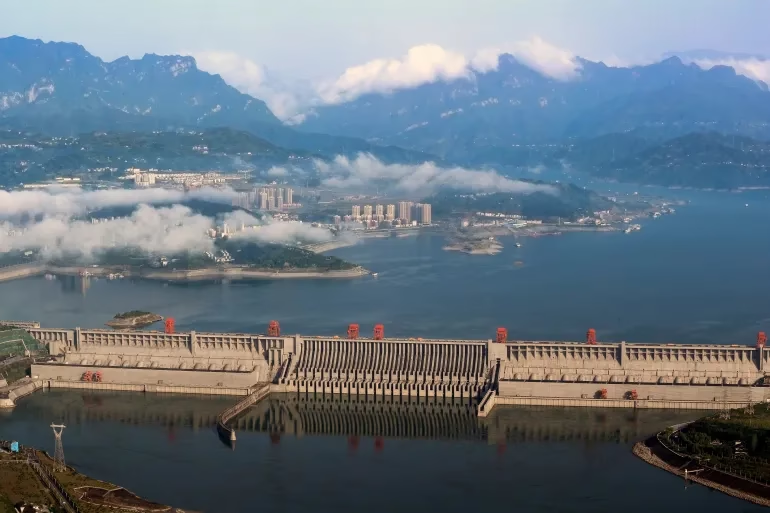China has started building the hydroelectric plant that could become the biggest in the world. Part of a five-station project designed to boost the energy capability of the area, the dam is situated on the Yarlung Tsangpo River—called downstream the Brahmaputra in India and the Jamuna in Bangladesh.
Marking the official beginning of the multiyear endeavor, Chinese Premier Li Qiang is said to have attended the groundbreaking ceremony conducted in southeastern Tibetan city of Nyingchi. Chinese authorities have related the project to regional economic growth as well as carbon neutrality targets.
Expected to cost more than 1.2 trillion yuan (about $167 billion), the dam will produce enormous volumes of power, most of which will be sent to mainland provinces even while local demand in Tibet will be satisfied. Should it finished as intended, it might generate three times the power and dwarf the Three Gorges Dam in size and energy output.
Lying downstream, India has shown worry regarding the possible repercussions. Officials from India’s Ministry of External Affairs previously said they were “closely monitoring” the development and urged Beijing to take downstream effects into account. Chinese diplomats responded by reaffirming that the scheme would not impair water flows and that they were still willing to talk with adjacent countries.
About 30 kilometers from the disputed India border, a location with long-standing military conflicts, is the construction site. Rising from the Tibetan Plateau at heights above 5,000 meters, the Yarlung Tsangpo is revered in Tibetan tradition and among the highest rivers on Earth.
Particularly given the crucial function the plateau serves in giving almost a fourth of the world’s population freshwater, environmental experts have raised questions about the dam’s possible environmental and political ramifications. Millions were displaced by China’s past hydropower projects, like the Three Gorges Dam. Although the Tibetan territory is sparsely populated, detractors claim that even modest resettlement could have cultural and ecological significance.
Though the project is under worldwide scrutiny, it shows Beijing’s continuing focus on significant infrastructural development to meet its climate commitments and increase control over strategically sensitive areas.








